Stockholm Syndrome~
Saab 21 series
The Saab 21 was a groundbreaking Swedish fighter aircraft that holds a unique place in the history of aviation. Developed during World War II, it stands out for its unconventional pusher configuration, making it one of the few combat aircraft of the era to utilize this design. While not seeing widespread combat use, the Saab 21 played a significant role in the development of Swedish aviation technology and served as a stepping stone for Sweden's post-war jet fighter program.
Sweden, the one of neutral forces during World War II, recognized the need to modernize its air force to maintain its neutrality and security. The Saab 21 project emerged from a need for a modern, high-performance fighter capable of competing with contemporary Allied and Axis designs. The pusher design, while relatively untried, offered several potential advantages. Foremost among these was the unobstructed forward view for the pilot, allowing for easier aiming and improved situational awareness. Additionally, the placement of the engine behind the pilot allowed for concentrating all the firepower in the nose, increasing the aircraft's offensive capabilities.
However, the pusher configuration presented significant engineering challenges. Chief among these was the issue of pilot ejection. Ejecting into a spinning propeller was clearly unacceptable, leading to the development of an early ejection seat system. This system utilized explosive charges to propel the pilot clear of the aircraft, making the Saab 21 one of the first aircraft in the world to incorporate such technology.
The aircraft itself was a sleek, mid-wing monoplane constructed primarily of metal. The powerplant was a Daimler-Benz DB 605B engine, a license-built version of which was known as the Svenska Flygmotor DB 605B. This engine, coupled with a three-bladed propeller, provided the necessary thrust. Notable design features included twin tail booms extending from the wings to support the empennage and a distinctly pointed nose housing the aircraft's armament. The landing gear was retractable, further contributing to the aircraft's aerodynamic efficiency.
The Saab 21 primarily served within the Swedish Air Force during and after World War II. While never seeing action in a major conflict, it played a vital role in training Swedish pilots and defending Swedish airspace. Its unconventional design provided valuable experience and knowledge for Swedish engineers, influencing subsequent aircraft development. The J 21R variant, in particular, was essential in transitioning Sweden into the jet age. The Saab 21 was gradually phased out of service as more modern jet fighters became available.
The Saab 21 holds a significant position in aviation history due to its innovative design and pioneering use of the pusher configuration and ejection seat technology. While not a combat legend, it served as a valuable test platform for Swedish engineers and contributed to the advancement of aviation technology. The Saab 21 stands as a testament to Sweden's commitment to innovation and its ability to develop advanced aircraft despite the constraints of wartime neutrality. It paved the way for the development of more advanced Swedish jets such as the Saab 29 Tunnan and the Saab 35 Draken.
Possible Aircraft Nicknames:
"Flygande Sägen" (Flying Legend): This pays homage to its importance in Swedish aviation history and the "legendary" status of its unique design.
"Pusher" or "Prop-Butt": Simple, descriptive, and slightly irreverent nicknames based on the aircraft's characteristic pusher propeller configuration. Likely terms used in casual conversations, especially among ground crews.
"The Vacuum Cleaner" or "Bug Zapper": Humorous nicknames referring to the position of the propeller and its potential to suck in debris or insects.
"Åskvigg" (Thunderbolt): A more aggressive and imposing nickname, emphasizing the aircraft's role as a fighter and its powerful engine. While already used historically by the P-47 Thunderbolt, similar concepts could exist across cultures.
"The Nose-Cannon": A straightforward nickname focusing on the concentration of the aircraft's firepower in its nose.
"The Sweeper": A potentially ironic nickname alluding to the aircraft's primary role in "sweeping" the skies, combined with the visual image of the propeller behind the pilot.
"The Head Popper" or "Eject-O-Matic": Humorous, if slightly morbid, nicknames relating to the aircraft's ejection seat system, highlighting the pilot's concern over needing to use it.
"The Goblin's Ride": Specifically for the J 21R variant, emphasizing the jet engine power.
"Silent Death" (a bit darker, but possible): Reflecting the relative quietness of the pusher propeller from the front, giving a sense of stealth.
- About the variant
J 21A-3
First and second production series of attack version (66 aircraft each built between 1947 and 1949). Aircraft was a J 21A-2 equipped with a bomb aiming sight and had pylons for bombs and rockets. It was later upgraded to be able to use two RATO rockets.
C O N T R O L S
Trim : Flaps, cruising 'rotate' adjuster
VTOL : Further flaps
Specifications
General Characteristics
- Created On Android
- Wingspan 37.0ft (11.3m)
- Length 34.8ft (10.6m)
- Height 10.6ft (3.2m)
- Empty Weight 3,811lbs (1,728kg)
- Loaded Weight 6,567lbs (2,979kg)
Performance
- Horse Power/Weight Ratio 0.221
- Wing Loading 17.6lbs/ft2 (85.9kg/m2)
- Wing Area 373.4ft2 (34.7m2)
- Drag Points 1168
Parts
- Number of Parts 60
- Control Surfaces 12
- Performance Cost 440

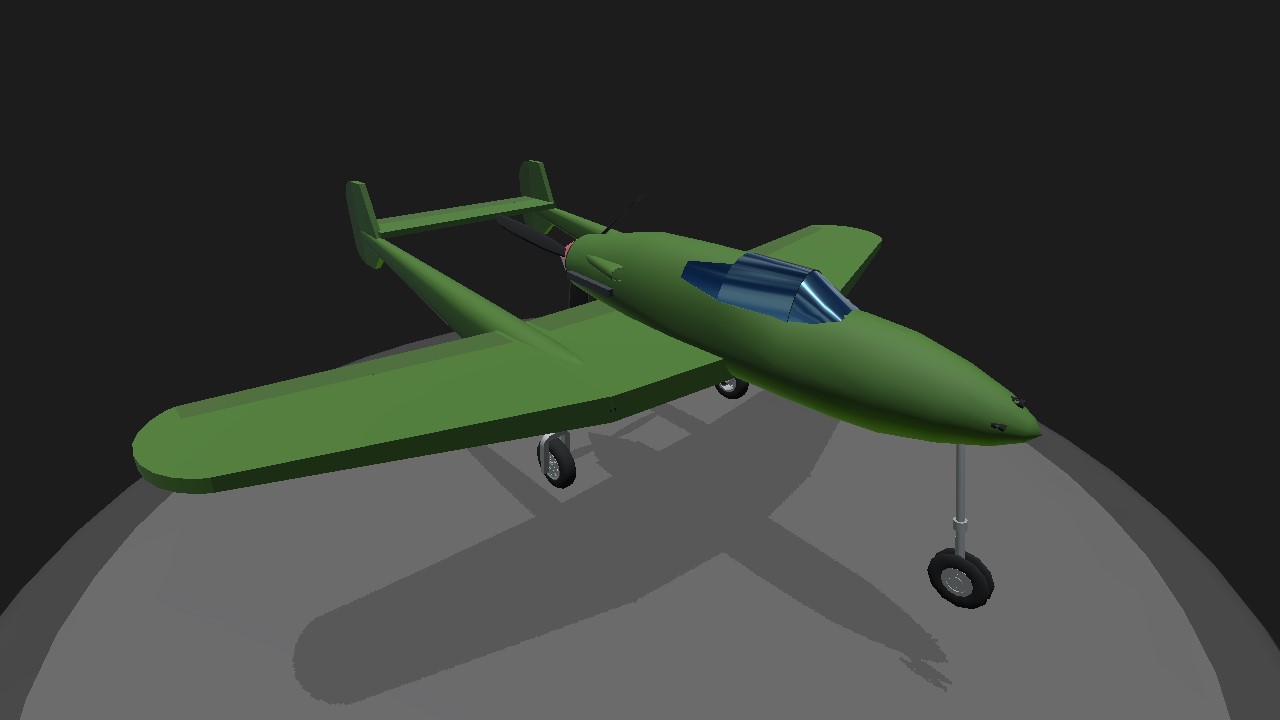
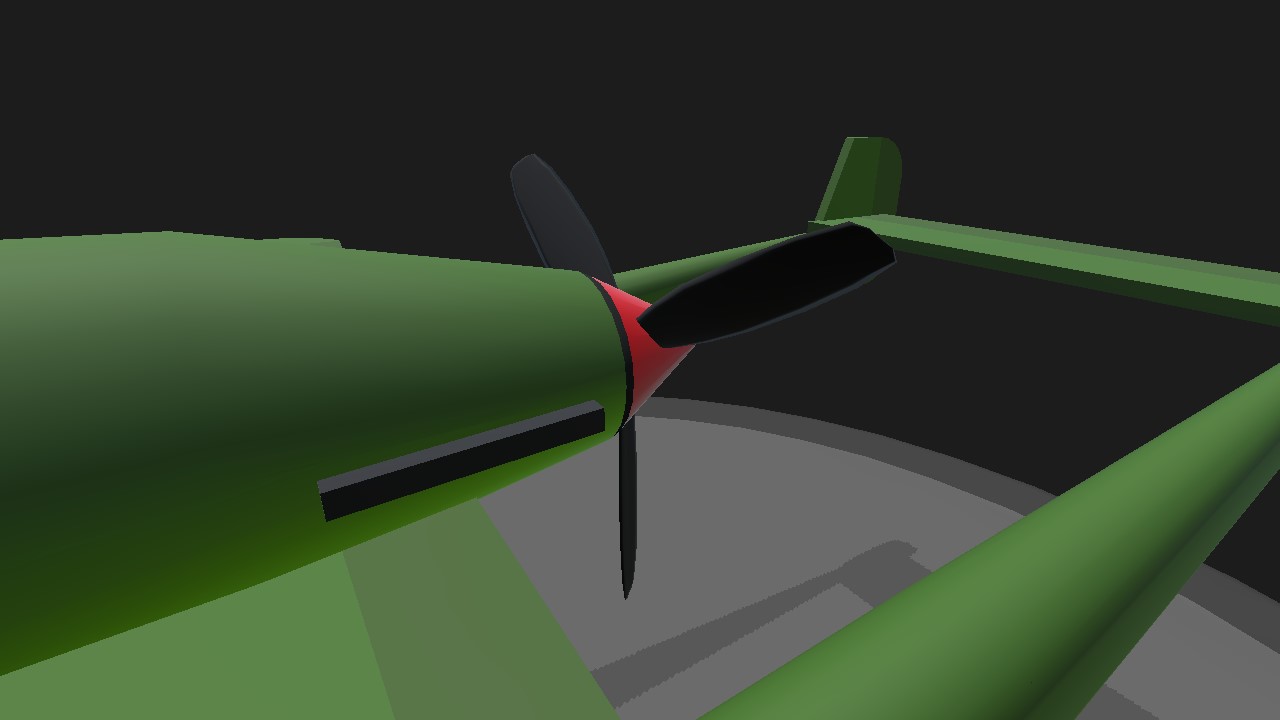
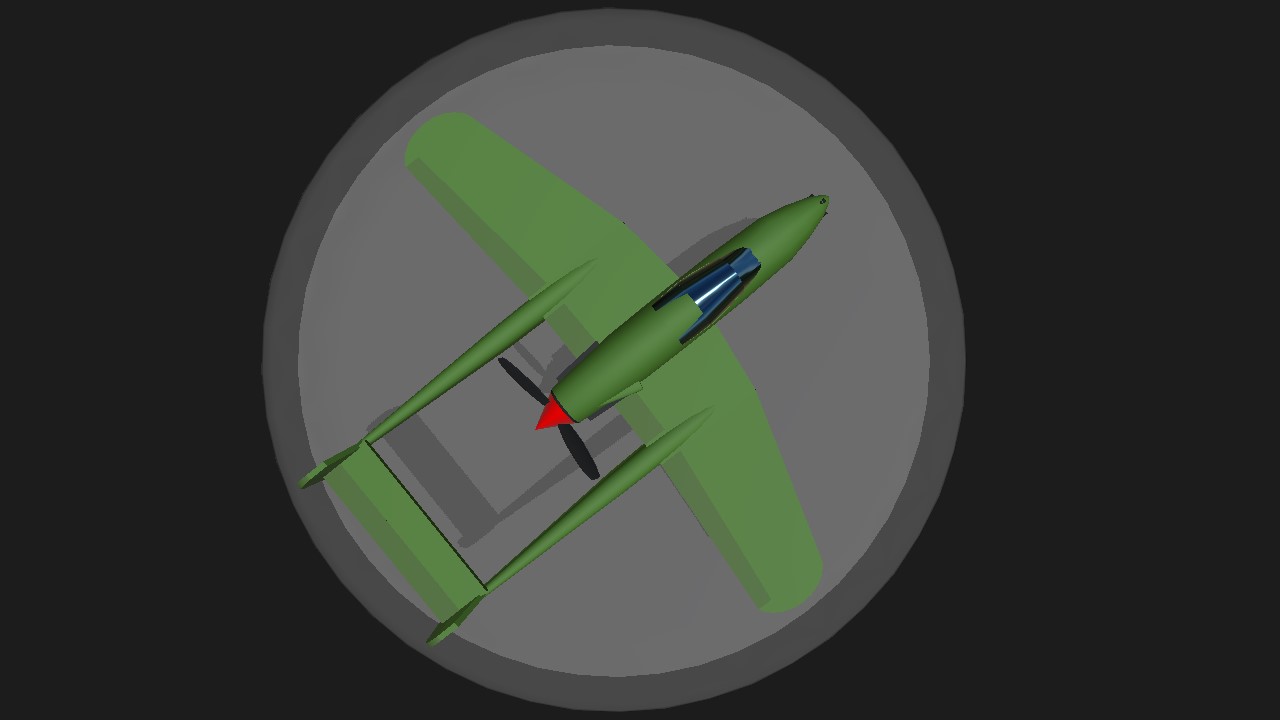
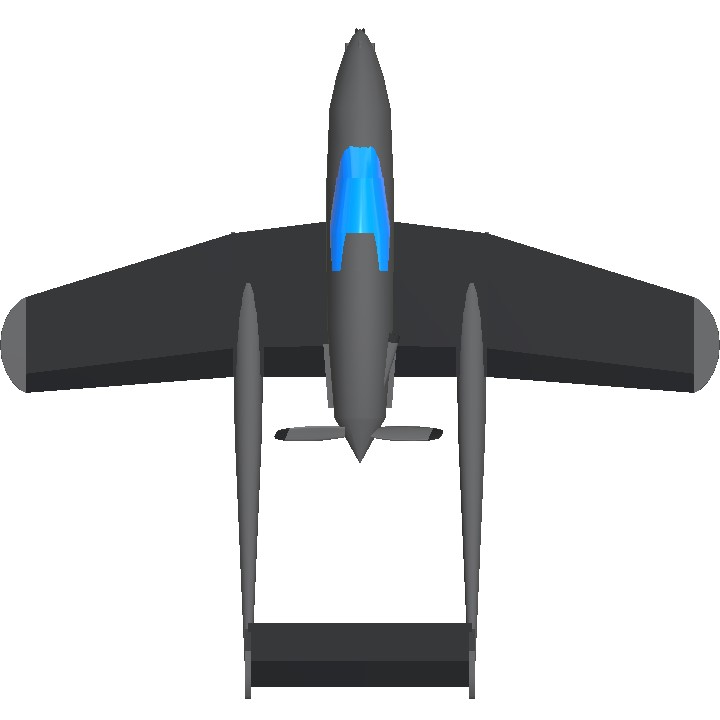
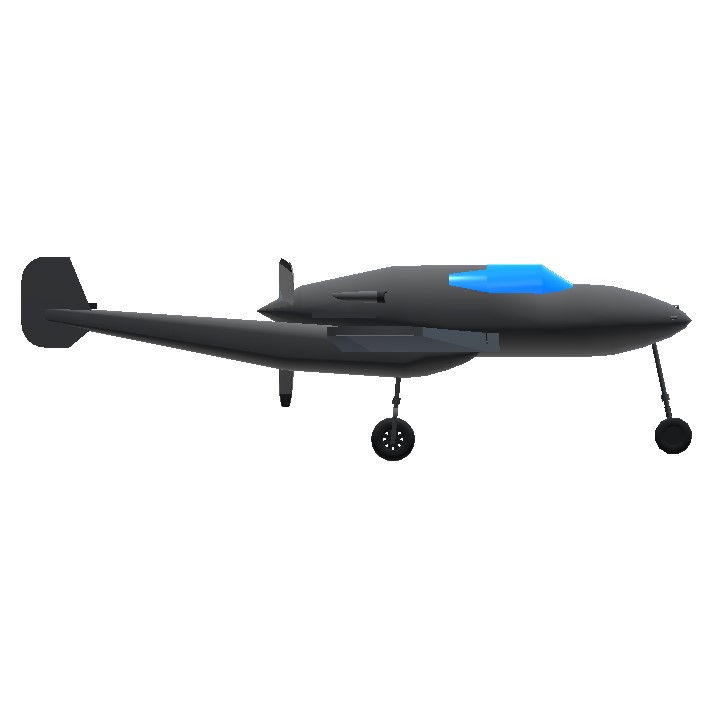
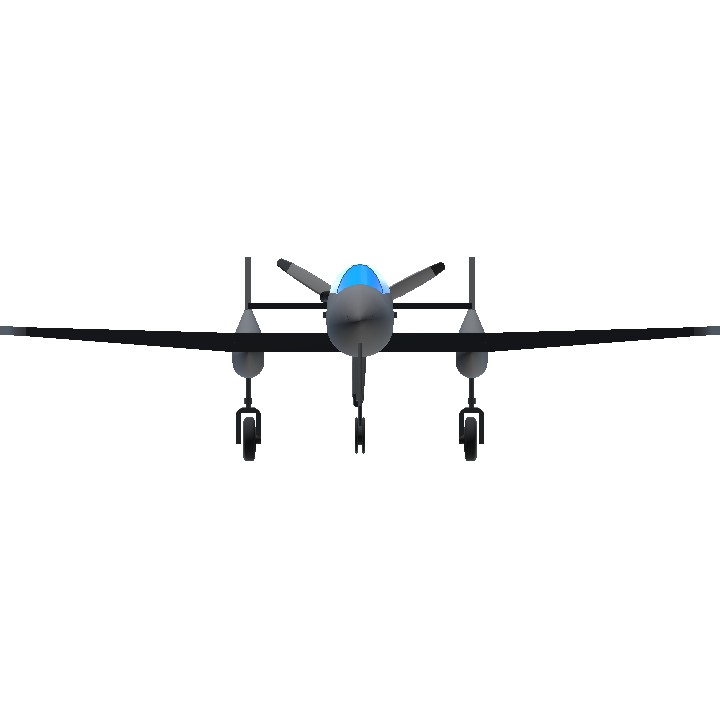
Allow me to propose another nickname: Wings of Trauma, because I get microscale PTSD whenever I see these in War Thunder (I literally do not know how to beat these guys, not even in a fair one-on-one)